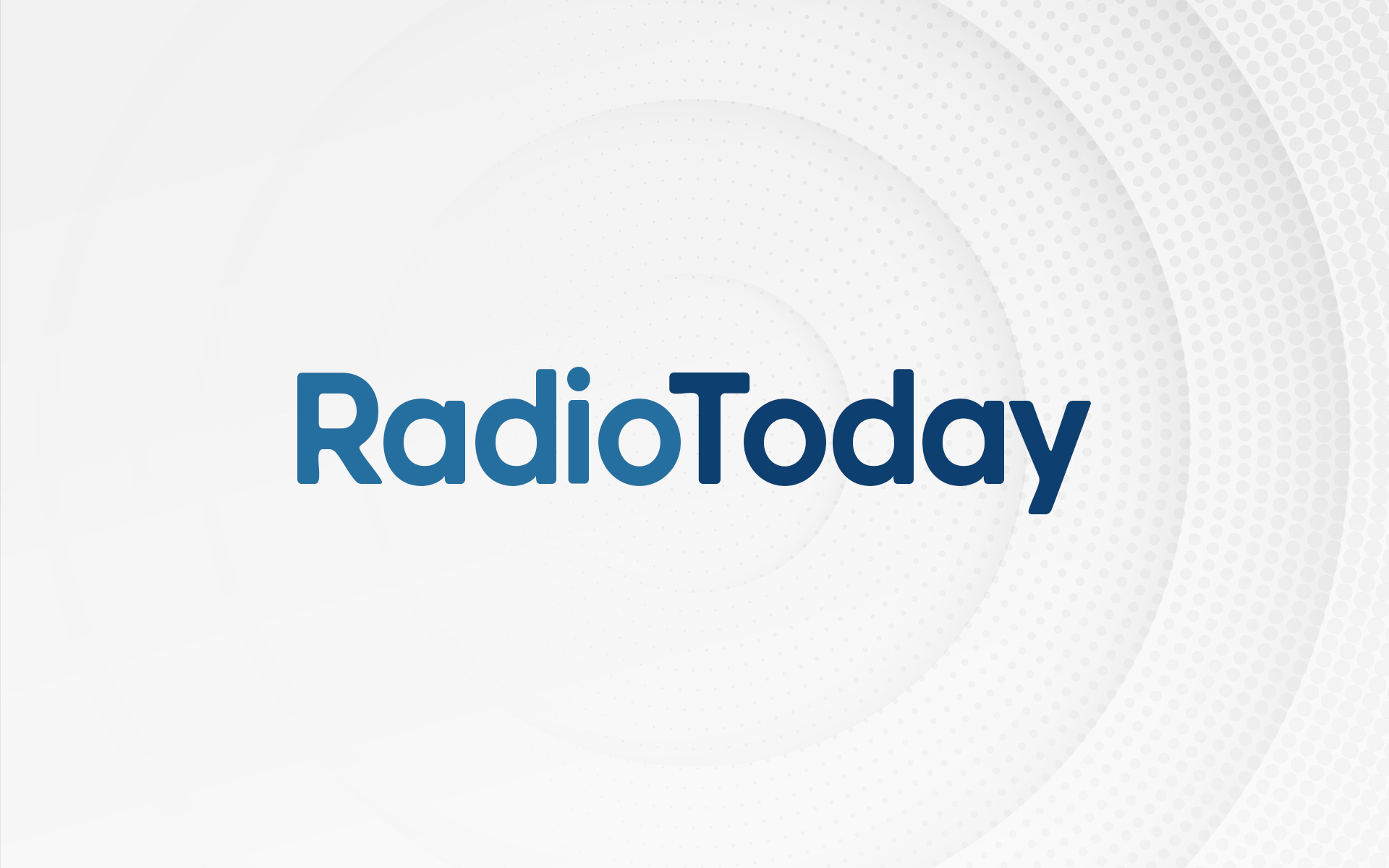
Ofcom approved low-cost DAB test a success
A whole new tier of small-scale radio stations could be launched on DAB digital radio, new research from Ofcom suggests.
The regulator tested an experimental DAB multiplex in Brighton between September 2012 and January 2013, using new lower-cost technologies including a variety of open-source software, which concluded that “it is feasible to deliver DAB in small areas at much lower cost than currently required for equipment to deliver wide-area coverage.”
In an interview with Rashid Mustapha, the engineer behind the project, The Times reported that “the signal – a loop of squawking seagulls – came through loud and clear across the city and the South Downs, including in tunnels, where FM struggles.”
Ofcom says this could lead to new student, educational, ethnic and specialist interest services on DAB, along with temporary digital RSL-style stations. It could also allow existing networks to roll-out to more remote population areas that aren’t cost-effective to cover under the current system.
The research report says that “DAB is currently an unsuitable replacement technology for these small scale FM broadcasters… these broadcasters (who currently provide valuable local services) ideally should not be excluded from the future radio broadcasting landscape – particularly at a time of consolidation by both the BBC and the commercial operators, who previously had both generated more locally focused content.”
The report goes on to state “some existing [DAB] receivers are technologically unremarkable when compared to a modern smart phone or tablet PCs… and are likely to be particularly uninteresting to the younger age groups”, and argues that new stations targeted at these audiences could potentially help overcome their concerns about the technology in the receivers.
Figures in the report suggest that while small scale FM stations spend circa £10,000 per annum on FM transmission, the cost to a station using the new system could be as little as one-tenth of that, at around £1,400 per annum for a near-FM quality service at 160 kbps – also considerably less than current wide-area DAB carriage costs. It estimates that the operating cost of an entire multiplex would be around the same as operating a single FM transmitter.
The research report even suggests that rather than being a cost as at present, small FM community or commercial stations could make money from operating the new muxes themselves, and selling surplus capacity to other operators.
While the research states that unlike FM, “no difficulties are anticipated in finding usable frequency blocks in most areas”, it does set out that more work will now be needed to find suitable spectrum, and work out how new stations are licensed. Although the regulator does not set out a timetable for this work, The Times is reporting that “Ofcom will now launch an industry-wide consultation on whether the system could be a lifeline for local radio.”
Posted on Monday, August 5th, 2013 at 11:21 pm by RadioToday Staff


